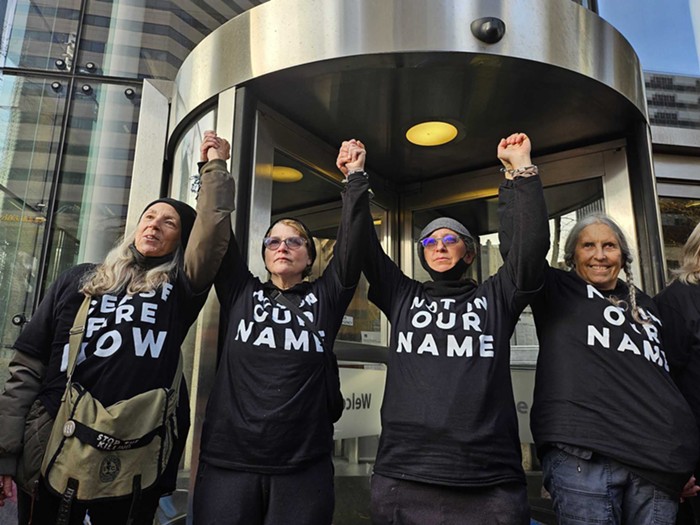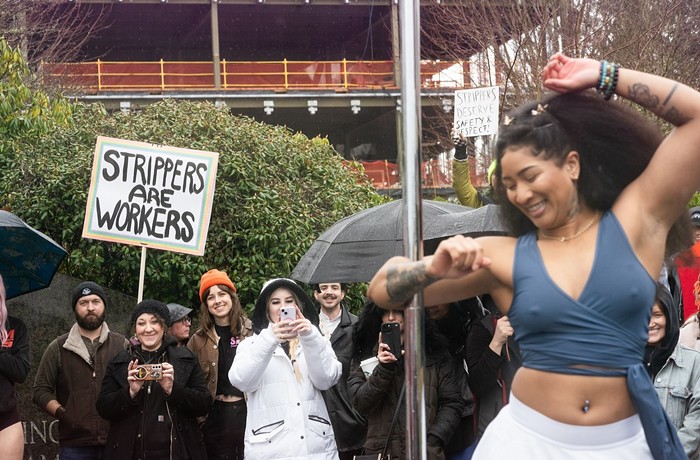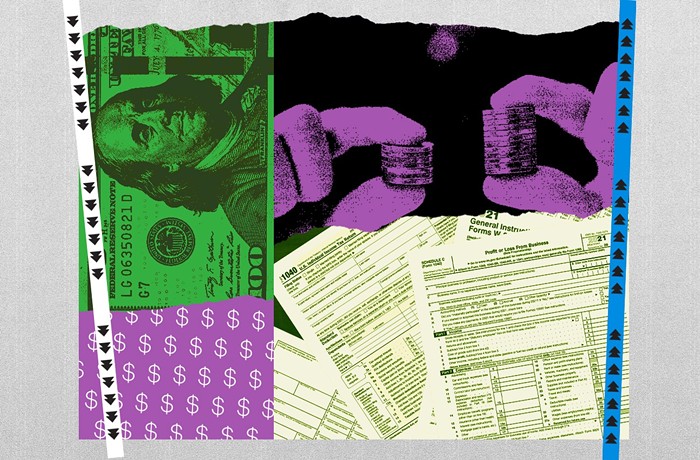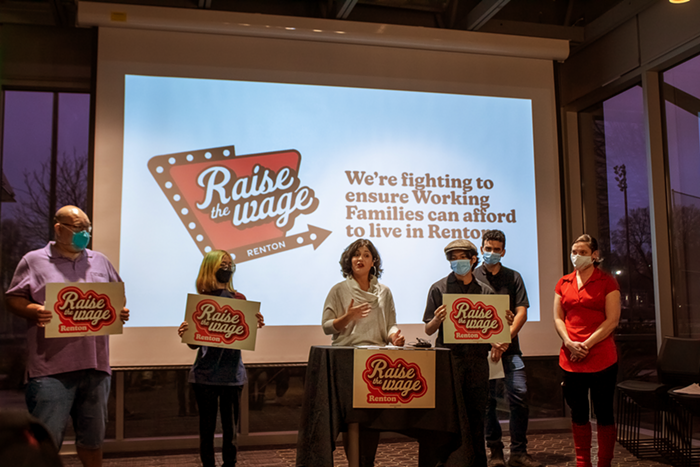On Friday, September 22, People's Waterfront Coalition founder Cary Moon invited supporters to "high-five and belly bump" at Cyclops in Belltown, where ebullient celebrants, including gray-suited attorneys and a few khaki-wearing activists, gathered after work to celebrate the most significant victory yet in the group's quixotic effort to replace the Alaskan Way Viaduct with a surface boulevard.
Earlier that day, in the wake of new cost estimates that would put the more expensive option, a cut-and-cover tunnel, between $3.6 and $5.5 billion, the council had adopted the tunnel as their "preferred" option, with the caveat that if the tunnel proves unaffordable, the surface/transit option will be the council's backup plan. On Monday, the council adopted another resolution defining what a "surface/transit" option would look like—in terms virtually identical to those set out by the PWC all along.
The PWC viewed the news as a major victory, and with good reason: Given that estimates for the tunnel are now much higher than originally anticipated (as much as $2 billion more than earlier estimates), the odds that the tunnel will receive full funding (from regional, state, and federal authorities) are dimmer than ever. With city officials and most of Seattle's legislative representatives lined up against the aerial rebuild, the surface/transit proposal is emerging as the lesser of two evils for tunnel supporters. The final decision, of course, is up to Governor Christine Gregoire, who remains open to a new aerial viaduct. But Gregoire needs Seattle's Democratic base to win reelection in 2008; and if it's a tunnel (or surface option) Seattle wants, Gregoire will face significant political pressure to give it to them.
So PWC supporters had a lot to celebrate. On Friday, Moon described the council's move as "a huge first step" toward what some believe is an inevitable adoption of the surface/transit option. Council Member Richard Conlin, an early (and erstwhile) supporter of the surface/transit proposal, sounded doubtful after Friday's meeting that the numbers for Mayor Greg Nickels's tunnel would decrease. Nickels, Conlin said, "believes that the numbers will go down. I'm not so sure."
The mayor had seemed far from certain on that point one day earlier, when he—reassuringly flanked by city transportation department head Grace Crunican and two-thirds of the city council—held a press conference to announce the alarming new figures. Nickels blamed the much higher new numbers on the state department of transportation's "desire to have a large range of cost estimates to cover any possible contingency," adding that the cost increase was due to "a $3 billion insurance policy." The truth, however, is that the original numbers grossly underestimated construction-cost inflation, assuming an inflation rate of just 2.4 percent, versus current construction-cost inflation rates between 6 and 10 percent. (The state's expert review panel called attention to this discrepancy two weeks ago, in a report that warned the council that the state's original cost-inflation figures were "overly optimistic." Still, even the new numbers assume much lower inflation than the current rate: just 4 percent.)
Nickels, in other words, has a major problem. He barely had enough money (real and "anticipated," including hundreds of millions that were shaky at best) to pay for the old "core tunnel." (Indeed, the expert review panel called the city's projection of $40 million in federal funding "optimistic," and said it was "skeptical" that another $153 million in anticipated state funding "is viable.") Now that cost estimates for the tunnel have ballooned to between $560 million (the low end of the range) and $1.94 billion (the high end), the only way Nickels can have his tunnel is if he gets all the "anticipated" funds and the true cost is near the low end of the range—a scenario the city's own estimate says is very unlikely, with a "strong prospect that risks will emerge beyond this level." The legislation the council adopted Friday acknowledges as much, noting grimly that "the city recognizes the uncertainties about funding the tunnel alternative." If, after further analysis, the tunnel "proves to be infeasible" (an outcome that appears increasingly likely) "the city will begin analysis of a new transit and surface streets alternative." 


















